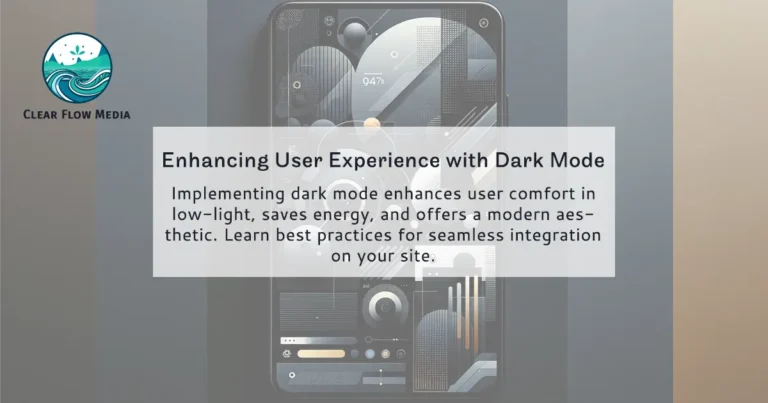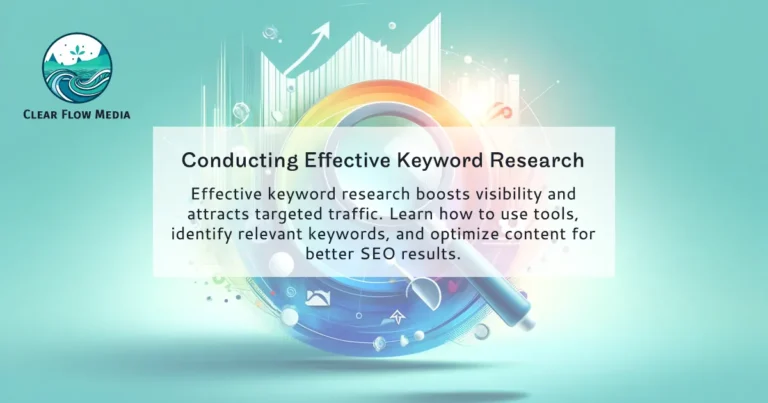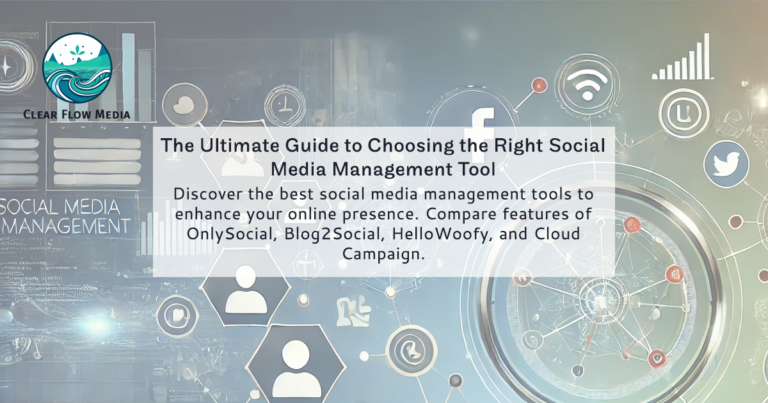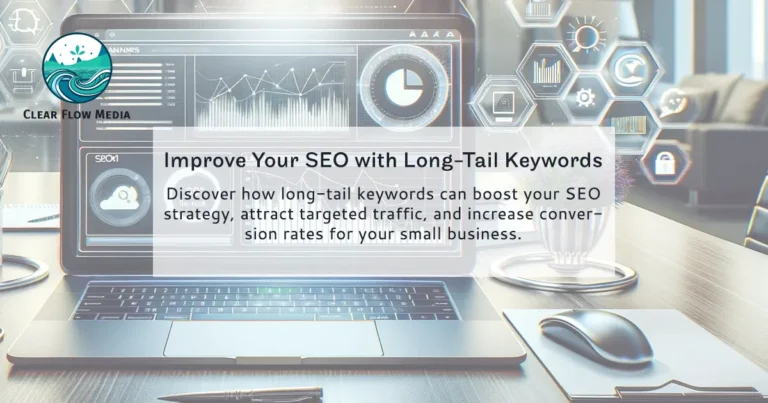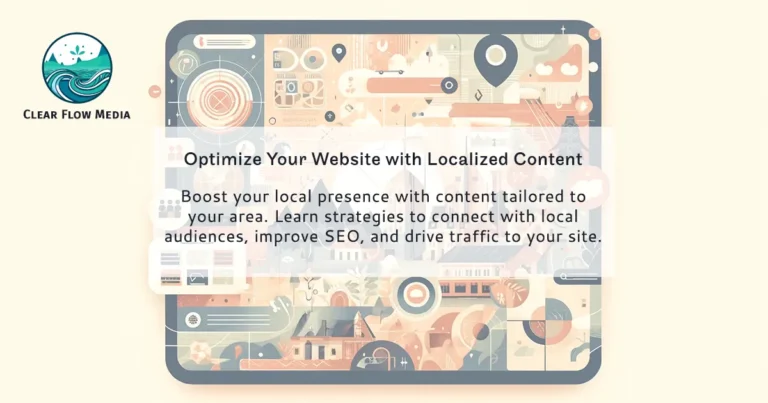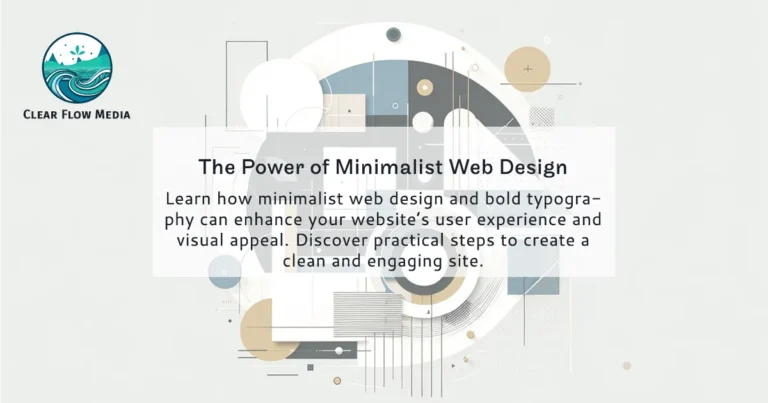Optimizing On-Page SEO Elements
Enhancing your website’s on-page SEO elements is crucial for improving search engine rankings and driving organic traffic. On-page SEO involves optimizing individual web pages to rank higher and earn more relevant traffic in search engines. This comprehensive approach requires attention to various elements, each playing a significant role in how search engines and users perceive your content. By focusing on these key areas, you can create a well-optimized website that appeals to both search engines and users alike.
Title Tags
Title tags are one of the most important on-page SEO elements. They appear as the clickable headline in search engine results and should accurately reflect the content of the page. A well-optimized title tag not only improves your search engine ranking but also increases the likelihood of users clicking through to your site. Title tags serve as the first impression of your webpage and can significantly influence whether users decide to visit your site or scroll past it.
Include your primary keyword
Ensure the main keyword for the page is included in the title tag, ideally at the beginning. This helps search engines understand the main topic of your page. Placing the keyword at the beginning of the title tag can also have a greater impact on search engine rankings.
Keep it concise
Aim for a length of 50-60 characters to avoid truncation in search results. A concise title is easier for users to read and understand quickly. Longer titles may get cut off in search results, which can reduce their effectiveness.
Make it compelling
Write a title that attracts clicks by being clear, relevant, and engaging. A compelling title tag can significantly improve your click-through rate (CTR). Consider using power words and numbers to make your title more appealing and clickable.
Meta Descriptions
Meta descriptions provide a summary of the page content and appear below the title tag in search results. While they don’t directly affect your rankings, a well-crafted meta description can increase your click-through rates. Users often rely on meta descriptions to decide whether your page meets their needs. A good meta description should give users a clear understanding of what to expect from your content.

Incorporate Keywords
Include relevant keywords naturally without keyword stuffing. This helps search engines understand the relevance of your content to the search query. Although meta descriptions don’t directly influence rankings, they can improve your page’s visibility in search results. Using the right keywords can make your meta descriptions more appealing to users and search engines alike, enhancing the likelihood of attracting targeted traffic.
- Ensure keywords are seamlessly integrated into the text.
- Avoid overloading the meta description with too many keywords.
- Focus on the primary keyword that best represents the page content.
- Utilize synonyms or related terms to enrich the description without repetition.

Be Persuasive
Write a compelling description that entices users to click through. Use action-oriented language that encourages users to visit your site. Highlight unique selling points or benefits to attract more clicks. A persuasive meta description can significantly influence user behavior, driving more organic traffic to your site by making your link stand out in search results.
- Use verbs and phrases that encourage action, such as “discover,” “learn,” “find out,” or “explore.”
- Mention any unique features or benefits your content offers.
- Address the potential needs or pain points of your audience.
- Craft a clear and direct call to action to motivate clicks.

Maintain Appropriate Length
Keep it within 150-160 characters to ensure it displays properly in search results. A properly formatted meta description ensures that the entire message is visible to users. Avoiding truncation ensures that your message is fully conveyed to potential visitors. An appropriately sized meta description not only looks neat but also ensures that users can quickly grasp the essence of your content.
- Stick to the 150-160 character limit to avoid truncation.
- Make sure the most important information is at the beginning.
- Craft concise yet informative sentences to maximize impact.
- Regularly review and update meta descriptions to align with current best practices.
Header Tags
Header tags (H1, H2, H3, etc.) structure the content on your page and make it easier for search engines and users to understand. Proper use of header tags not only improves readability but also enhances SEO by clearly indicating the hierarchy of your content. Headers guide users through your content and help search engines index your pages more effectively.

Use Only One H1 Tag Per Page
The H1 tag should include the primary keyword and clearly indicate the main topic of the page. It serves as the main headline for your content. The H1 tag is crucial for both SEO and user experience, as it sets the stage for the rest of the content. By signaling the primary subject of the page, the H1 tag helps search engines understand the context and importance of the page’s content.
- Ensure the H1 tag is descriptive and includes the main keyword.
- Position the H1 tag prominently at the beginning of your content.
- Avoid using more than one H1 tag to maintain a clear hierarchy.
- Make the H1 tag engaging to capture user interest immediately.
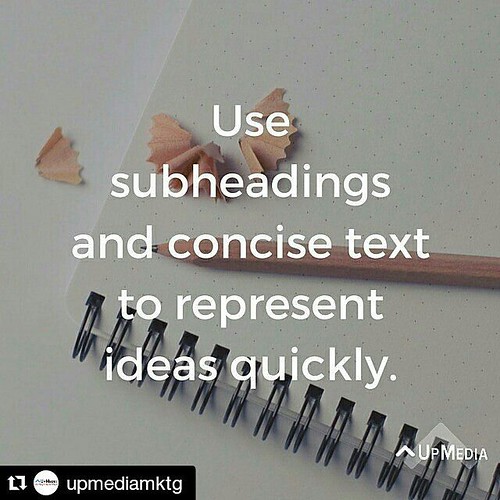
Organize with Subheadings
Use H2 and H3 tags to break up content into sections and sub-sections, making it easier to read. Subheadings help users scan your content and find the information they need quickly. This not only improves user experience but also helps search engines understand the structure and relevance of your content. Properly structured subheadings create a logical flow that enhances the readability and accessibility of your content.
- Utilize H2 tags for main sections and H3 tags for sub-sections.
- Keep subheadings concise and descriptive.
- Ensure subheadings reflect the content that follows them.
- Use subheadings to highlight key points and guide readers through the text.

Incorporate Keywords
Include relevant keywords in your subheadings to signal the content’s relevance to search engines. This reinforces the main topic and improves your chances of ranking for those keywords. Using keywords in subheadings can also enhance the semantic relevance of your content. Keywords in subheadings provide additional context to search engines, helping them understand the focus and themes of your content.
- Integrate primary and secondary keywords naturally in subheadings.
- Avoid keyword stuffing; keep the language natural and reader-friendly.
- Use variations of keywords to cover a broader range of search queries.
- Ensure that the keywords in subheadings align with the overall topic and content.
By effectively using header tags, you can improve the readability and SEO performance of your content. Properly structured headers guide users and search engines through your content, making it easier to navigate and understand. Regularly reviewing and optimizing your header tags can lead to better engagement and higher search engine rankings.
URL Structure
URLs should be clean, descriptive, and include relevant keywords. A well-structured URL helps search engines understand the content of your page and provides users with a clear idea of what to expect. Effective URL structures can improve your site’s SEO and user experience by making it easier for users and search engines to navigate.
Keep it Simple
Use short and straightforward URLs that reflect the page content. Simple URLs are easier for users to read and remember. Avoid using complex structures or unnecessary parameters that can confuse both users and search engines.
Include Keywords
Incorporate primary keywords to improve SEO and user understanding. Keywords in the URL help search engines identify the main topic of the page. This can also improve the click-through rate from search results, as users can quickly understand what the page is about.
Avoid Special Characters
Stick to letters, numbers, and hyphens to ensure compatibility across browsers and platforms. Special characters can cause issues with URL readability and indexing. Clean URLs are more user-friendly and enhance the overall experience
Internal Linking
Internal linking involves linking to other pages on your website. This helps search engines understand the structure of your site and establishes a hierarchy of importance. Effective internal linking improves navigation and distributes link equity across your site. Internal links can also increase the time users spend on your site by guiding them to related content.
Use Descriptive Anchor Text
Choose text that clearly indicates the content of the linked page. Descriptive anchor text helps users and search engines understand the context of the link. Avoid using generic phrases like “click here” which don’t provide context.
Link to Relevant Pages
Ensure links are contextually relevant and provide value to the reader. Relevant links enhance the user experience and keep visitors engaged on your site. Linking to high-quality content can also improve your site’s authority.
Distribute Link Equity
Spread internal links to important pages to enhance their visibility and ranking potential. Distributing link equity helps important pages rank higher in search results. Regularly audit your internal links to ensure they remain relevant and effective.
Content Quality
High-quality content is the cornerstone of effective on-page SEO. Search engines prioritize content that is valuable and relevant to users. Focusing on quality content ensures that your pages meet the needs of your audience and rank well in search results. High-quality content also builds trust and credibility with your audience.
Focus on User Intent
Create content that meets the needs and queries of your audience. Understanding user intent helps you provide valuable and relevant information. By addressing the specific needs of your audience, you can create content that resonates and engages.
Use Keywords Naturally
Integrate primary and secondary keywords in a way that flows naturally within the content. Natural keyword usage enhances readability and avoids keyword stuffing penalties. Well-integrated keywords help search engines understand the topic of your content without compromising quality.
Enhance Readability
Use short paragraphs, bullet points, and multimedia elements to make your content more engaging. Readable content keeps users on your site longer and reduces bounce rates. Visual elements like images and videos can also break up text and make your content more appealing.
Image Optimization
Images play a significant role in user experience and SEO. Optimizing images ensures that your pages load quickly and that search engines understand the content of your images. Properly optimized images can enhance your site’s performance and user engagement.
Use Descriptive Filenames
Name your image files with relevant keywords before uploading them. Descriptive filenames help search engines index your images correctly. This also makes it easier for users to find your images through search.
Add Alt Text
Provide descriptive alt text that includes keywords to help search engines understand the image content. Alt text also improves accessibility for users with disabilities. This can enhance your site’s usability and SEO simultaneously.
Compress Images
Ensure images are optimized for fast loading times without sacrificing quality. Compressed images improve page speed and user experience. Use tools like Photoshop or online compressors to reduce image sizes while maintaining visual quality.
Mobile Friendliness
With the increasing use of mobile devices, having a mobile-friendly website is crucial. Google prioritizes mobile-friendly sites in its search results, making mobile optimization essential for SEO. A mobile-friendly site ensures that users have a positive experience regardless of the device they use.
Use Responsive Design
Ensure your website adjusts to different screen sizes and devices. Responsive design provides a consistent user experience across all devices. This can improve your site’s usability and search engine rankings.
WordPress theme frameworks like Kadence WP simplify responsive design, even for complex pages.
Simplify Navigation
Make it easy for mobile users to navigate your site with clear menus and touch-friendly buttons. Simplified navigation enhances the mobile user experience and keeps visitors on your site longer. Ensure that all interactive elements are easily accessible on smaller screens.
Improve Loading Speed
Optimize images, leverage browser caching, and minimize code to enhance mobile loading times. Fast-loading pages improve user satisfaction and reduce bounce rates. Consider using tools like Google PageSpeed Insights to identify and fix issues affecting mobile speed.
There are several WordPress plugins available to integrate page speed metrics. RankMath is one of the more popular options.
Page Speed
Page speed is a critical factor for both user experience and SEO. Slow-loading pages can frustrate users and negatively impact your search engine rankings. Improving page speed can enhance user satisfaction and increase your chances of ranking higher in search results.
Optimize Images & Videos
Compress files without losing quality. Optimized media files load faster and improve overall page speed. Consider using modern formats like WebP for better compression.
There are several free tools available online to convert images to WebP. CloudConvert is one of the most popular and user friendly options.
Minimize HTTP Requests
Reduce the number of elements on your page to speed up loading times. Fewer HTTP requests mean faster page load times. Combine CSS and JavaScript files where possible to reduce the number of requests.
Use a CDN
Distribute your content across multiple servers to reduce load times for users across different geographical locations. A content delivery network (“CDN”) improves page speed and provides a better user experience. This can be particularly beneficial for sites with a global audience.
Optimizing on-page SEO elements involves a combination of technical adjustments and high-quality content creation. By focusing on these key areas, you can improve your website’s search engine rankings, drive more organic traffic, and provide a better user experience. Implement these strategies to ensure your website is fully optimized and stays competitive in search engine results. Through consistent effort and attention to detail, you can create a site that not only ranks well but also delights your users.

